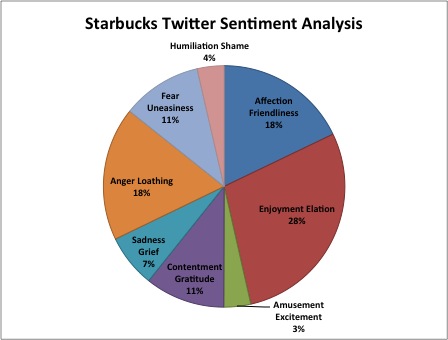So, you’ve got yourself all set up in Google AdWords and Bing Ads. Nice work. You’re keeping up with the modern world of business. You understand why a geo-targeted campaign with high-intent keywords and well-written ads will probably be more effective than blowing dollars on a billboard beside a thoroughfare.
By golly, you’re standing on the cutting edge! You’re a regular advertising savant. A number-crunching, optimizing, analytical vortex sucking up potential customers and spitting out bottom line dollars. Hey, vortexes are funnels too.
What could possibly stand in your way?
Well, don’t take Google and Bing as gospel. They’re great, obviously. They’re the centerpiece at your digital marketing dining table, and rightly so. But no matter how beautiful the centerpiece is, the rest of the table should not lay bare.
I’m talking about social media.
In many ways that unlikely word union— social media— has managed to secure a bit of taboo for itself. There are plenty of theories regarding why social media has actually had a negative impact on society, on the mental health of the individuals who use it, and on its meddling hand in interpersonal relationships. But the reality is social media has connected the entire world in a manner previously incomprehensible.
Any real opposition to the theory or practice of social media is just an ugly tentacle on the monster that is human’s natural resistance to change.
The truth is social media has provided businesses with fresh new marketing platforms. But more than the platform itself, it allows for businesses to connect with customers.
Every post, tweet, piece of pinned content— whatever— is a new conversion opportunity. Content quantity (though don’t you dare sacrifice quality) builds a following, which means new customers. It also opens a line of communication to previous customers, new and old, outside of traditional “remarketing”, such as mailing lists.
Furthermore, by missing out on a social media presence, you’re probably missing out on brand loyalty share. Actually, not probably. Definitely. Back in September 2013, Trevor Bell at Texas Tech University surveyed large national companies including Whole Foods, Starbucks, Southwest Airlines, and Marriott International, based on their high rankings as companies who used Twitter best practices.
Trevor, after conducting a sentiment analysis, concluded that 60% of all tweets about the brand conveyed positive emotions, such as enjoyment, elation, or gratitude.

Perhaps this overwhelmingly positive response is due to the fact that social media users feel like when they’re interacting in Starbucks’ social space, they’re doing so with more than a corporation, and with more than a brand. They’re interacting with a human.
These interactions— whether they’re serving the function of a digital customer service desk, a digital sales rep, or something else altogether, are an opportunity to create a friendly and memorable experience with your brand…which is precisely the type of thing that gets your ad clicked on the search engine result page.
But that’s qualitative. If you want some hard data to reinforce this notion, look no further than Hubspot’s Ultimate List of Marketing Statistics, which reveals that auto-posting to Facebook decreases likes and comments by 70% and that social media has a 100% higher lead-to-close rate than outbound marketing.
When you’re only utilizing keyword targeting on Google and Bing, you’re not providing your customers (or, more importantly, your potential customers) with an experience worth writing home. Sure, you’re serving an ad at the moment of intent, which is important, but it’s not everything.
High expectations are a consequence of this age of social media. Thankfully, social media is the precise tool that can be used to square off against those expectations. Platforms like Facebook and Twitter provide an avenue for dynamic and fluid interactions with a customer base, while still providing a constant top-of-mind presence similar to what search engine Display Networks do.
The reality is, there’s no real downside to establishing a presence on social media. Sure, its ubiquity can be intimidating, but that’s also its strength. Besides, your competitors are almost certainly already in the social space. No point in letting them harvest uncontested through the fields of your business!
Social media is the perfect supplement to your lead or purchase capture campaigns on high-intent platforms like Google and Bing. Humanize your brand, interact with those who’ve rubbed up against your brand. Then when the purchasing moment comes, you’re front and center in the mind’s eye.



